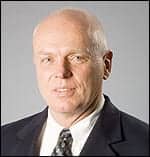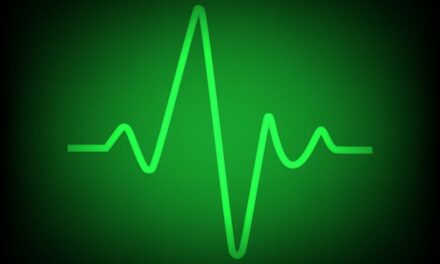 |
We are happy to have received some reaction to our June 2007 “Soapbox” article, “A Legacy of Safety,” from our colleague Binseng Wang (see November 2007 “Soapbox”). We do wish he had directed his argument to the proposition of defining our activities in the manner we have. Does he have a disagreement with the definitions we put forth?
The functionality of a medical device can be defined by these three factors: accuracy, precision, and reliability. Although maintenance actions are not generally defined in these terms, any maintenance action performed is to ensure at least one of them.
Accuracy is a measure of the deviation of some parameter of the device from a specific standard. As expressed by Feinberg, “This term describes the algebraic difference between the indicated value and the true or theoretical value.”
Precision is simply “the degree of reproducibility of a measurement.” Each time the same measurement is repeated, it should be repeatable within a specified range—even if the value measured is inaccurate.
Reliability has a number of definitions. Application engineers frequently use the following: “the probability that a device will function without failure over a specified time period or amount of usage.”
Wang’s comment regarding Ralph Nader’s article may be true, but the number of incidents that occur in health care that affect patient safety is not erroneous. Patient safety is an important focus for health care. As we wrote in our original article, ” … prevention of all the hazards that can be associated with the use of health care technologies—whether functional or physical—is now incorporated within MEMPs.” We can also assure you that The Joint Commission, along with other organizations, agencies, and groups, does not consider its current emphasis on patient safety a result of paranoia.
Wang suggests that we are looking for another high-profile issue to hitch our wagons to, hoping to gain more attention from hospital administrators. At our age, we do not need a new wagon to hitch to, nor are we seeking more attention from administrators.
He also suggests that safety is important but is not the only thing we do. We have no argument with that point. We would suggest that all of us have done our share of “bedpan work”—it’s the nature of the industry. Our point is that fix-it staff of many varieties can compete using rote techniques to perform maintenance and calibration; accountants can provide lifetime cost-of-ownership analysis from maintenance and use data. Those are important skills to be a rounded program director and adviser, but they are not the skills unique to our training and experience.
When much of our technology is disposable, or at least not field repairable, and preventive maintenance is finally agreed to be ineffective in the prevention of medical incidents and errors, much of what has been our bread and butter will probably fade and our numbers will be reduced. Our legacy—a key word in the title of this short article and a longer paper upon which this was based—we believe will not be remembered as testing leakage current or defibrillator outputs, nor will it be replacing air pumps or circuit boards or centrifuge brushes. We will also not be remembered for submitting and managing cost-controlling budgets. Our legacy will be those contributions to making the delivery systems safer for our patients.
Although we respect Wang’s viewpoint, we feel he might have misunderstood our “Soapbox” article. As medical equipment integrates into electronic medical records, our roles will focus more on working with nursing, risk management, and IT to ensure the safe and effective delivery of patient data. We are in transition from what we were yesterday to what we will be today and tomorrow. As biomedical engineering departments have changed their names to clinical engineering or clinical technology departments, so too our roles have changed.
Douglas Dreps, MBA, is regional director, Mercy Clinical Engineering Services, St John’s Mercy Health Care, St Louis; Marvin Shepherd, PE, FACCE, is an independent safety consultant for Devteq Consulting, Walnut Creek, Calif; and Bruce Hyndman, MSBE, PE, is director of engineering services and safety at Community Hospital of Monterey Peninsula, Monterey, Calif. They are also members of the Biomedical Advisory Committee (BAC). For more information, contact .





